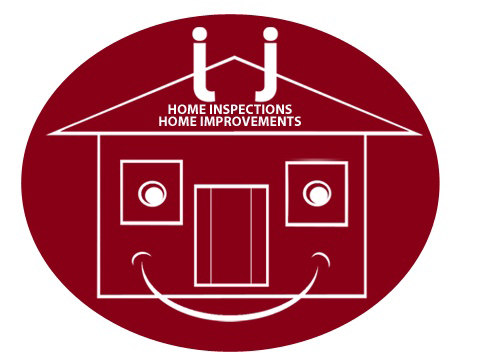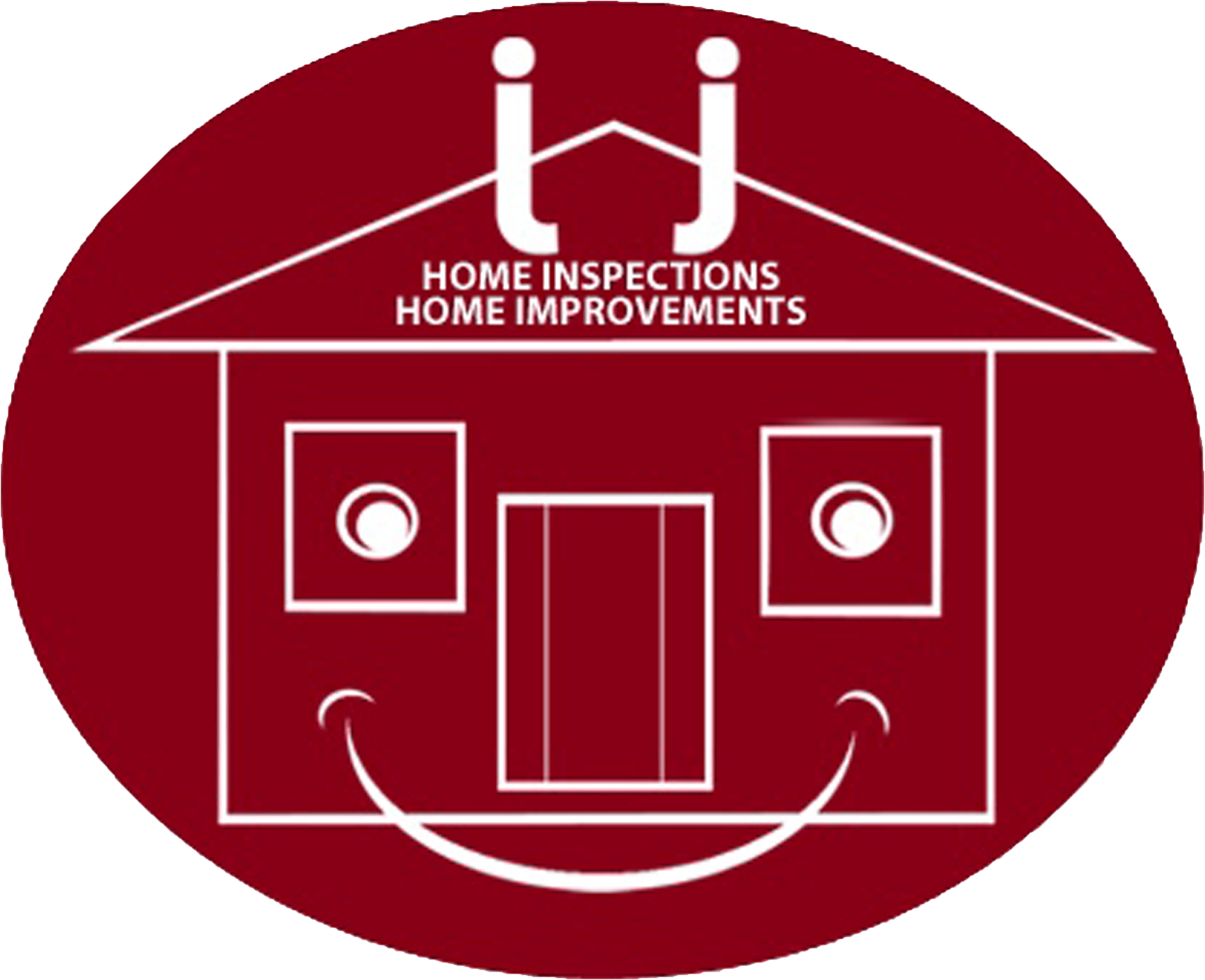
Buying a house is a big deal, and ensuring you make a wise investment is crucial. That’s where house inspections come in. They help you discover any potential issues with the property before sealing the deal. In this blog, we’ll explore common red flags that can surface during a house inspection, helping you make informed decisions about your dream home.
Foundation and Structural Issues
Cracks and Settling:
- Cracks in the foundation or walls can indicate settling, which might lead to structural problems over time.
- Pay attention to the size, location, and direction of cracks.
Uneven Floors:
- Sloping or uneven floors can suggest foundation issues or structural problems, which may require costly repairs.
Rot and Decay:
- Check for signs of rot, decay, or water damage in wooden beams or structural elements. These can weaken the house’s integrity.
Plumbing Problems
Leaky Pipes:
- Look for signs of water stains or damaged ceilings and walls, as they may indicate leaking pipes.
- Test faucets and flush toilets to ensure proper water flow and drainage.
Water Pressure Issues:
- Inadequate water pressure can be a sign of plumbing problems, such as clogged pipes or deteriorating plumbing systems.
Sewer Line Concerns:
- Inspect the sewer lines for any blockages, backups, or tree root intrusions that can lead to plumbing headaches.
Electrical Concerns
Outdated Wiring:
- Older houses could have obsolete electrical systems that don’t meet modern safety requirements.
- Look for exposed wires, flickering lights, or outlets that don’t work.
Overloaded Circuits:
- Check the electrical panel for signs of overloaded circuits or outdated fuse boxes. These can be fire hazards.
Safety Hazards:
- Ensure the presence of ground fault circuit interrupters (GFCIs) in areas with water, like kitchens and bathrooms, to prevent electrical shocks.
Mold and Pest Infestations
Visible Mold:
- Mold growth, often seen as black spots or patches, can be a health concern and a sign of moisture problems in the house.
Pest Damage:
- Inspect for signs of pest infestations, such as droppings, gnaw marks, or insect nests.
- Look for damaged wood, as termites can cause structural issues.
Ventilation and Moisture Control:
- Ensure the house has proper ventilation and moisture control measures to prevent mold and pest problems in the future.
Asbestos or Lead Paint
- Older homes may contain asbestos or lead paint, both of which are health hazards if disturbed
Conclusion:
House inspections services are your ally when it comes to making one of life’s most significant investments. Recognizing these common red flags can save you from purchasing a house with hidden issues that might turn your dream home into a nightmare. Remember, it’s not about finding problems to avoid buying; it’s about finding problems to make informed decisions and negotiate repairs or adjustments to the sale price. So, when it’s time for that house inspection, keep your eyes open, and let your knowledge be your power.

